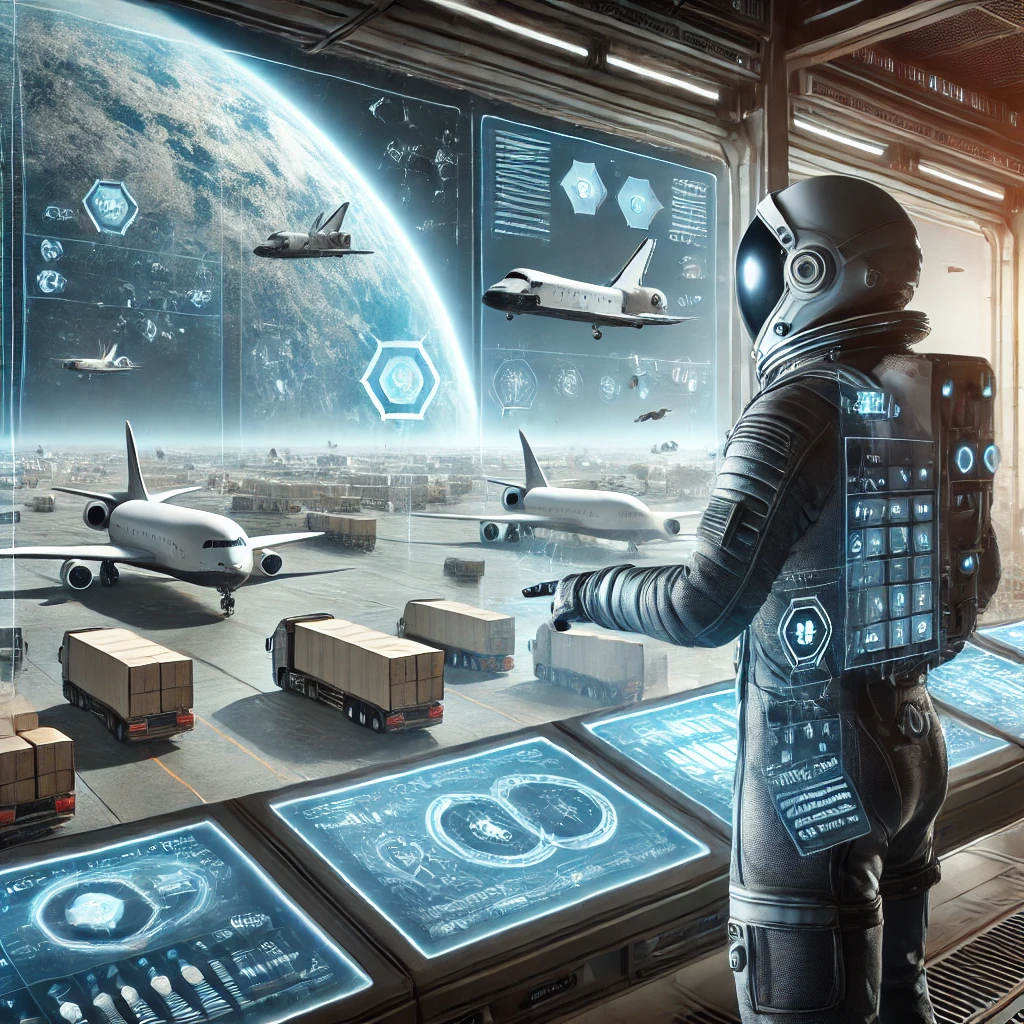· Laurentiu, tech lead · AI · 3 min read
AI-powered communication in transport logistics - enhancing freight negotiations with human supervision

In the ever-evolving world of transport logistics, the integration of artificial intelligence (AI) is proving to be a game-changer. The future of freight management and logistics is being shaped by projects like ours, which aim to revolutionize communication between companies and carriers. By harnessing AI to suggest responses and negotiate terms with carriers, transport managers can now optimize freight exchanges, saving time, reducing errors, and improving overall efficiency. However, human oversight remains crucial to ensure the accuracy and reliability of the AI system.
How AI is transforming freight exchange communication
The M.A.R.S. project introduces a groundbreaking approach to managing communication between freight companies and carriers. Traditionally, logistics managers spend countless hours reviewing carrier proposals, negotiating terms, and providing essential information to move freight across complex supply chains. With AI, this process is becoming more streamlined.
Ai-powered suggestions:
- Negotiation Assistance: The AI system can analyze previous interactions, market trends, and current conditions to suggest optimal responses during carrier negotiations.
- Real-Time Data Analysis: It can provide instant insights into route conditions, fuel costs, or expected delays, helping managers make informed decisions.
- Automation with Supervision: While AI suggests replies and strategies, these suggestions are reviewed and approved by transport managers. This human-AI collaboration ensures that the decisions remain aligned with company policies and logistics strategies.
The Supervised Learning Loop
What sets M.A.R.S. apart is its supervised learning model. Every time an AI suggestion is made, transport managers review, adjust, and approve or reject it. This decision, in turn, becomes part of the AI’s training data. Over time, the AI refines its understanding of the business’s specific negotiation styles, carrier preferences, and industry best practices.
As the AI model matures, the system gets “smarter”, learning from these interactions. Eventually, it will handle up to 99% of communication autonomously, requiring minimal human input for only the most complex situations.
Benefits of AI-Assisted Communication in Logistics
- Increased Efficiency: AI significantly reduces the time transport managers spend reviewing bids and negotiating terms. This allows them to focus on more strategic tasks.
- Enhanced Accuracy: By analyzing real-time data, AI improves the precision of information shared with carriers, reducing the risk of miscommunication.
- Continuous Improvement: Thanks to the learning loop, the AI becomes more adept over time, continually improving its ability to manage communications.
- Cost Savings: Streamlined communication and optimized negotiation lead to fewer errors, better carrier relationships, and overall reduced operational costs.
Human Oversight Remains Key
While the potential for AI to handle logistics communications autonomously is vast, human oversight remains indispensable. Transport managers ensure that suggestions comply with company policies, ethical standards, and specific business objectives. By maintaining this supervision, businesses can leverage AI to its full potential while avoiding the risks of unsupervised decision-making.
The Future of AI in Transport Logistics
With M.A.R.S. leading the charge, AI is setting the stage for a new era of automated freight negotiations. As AI models continue to evolve and incorporate feedback from human transport managers, we will see an industry shift towards faster, smarter, and more efficient logistics processes. The future of transport logistics communication is not just automated—it’s augmented by human intelligence, ensuring a perfect balance of speed, precision, and oversight.


